Last Thursday, the player Paulo Vitor Damo da Rosa won the Brazilian eSports award, in the category Best Card Games Athlete.
To celebrate his victory, today we're bringing an article on the trajectory of what can be considered one of the greatest Magic: The Gathering players of all time!
Who is Paulo Vitor?
Paulo Vitor Damo da Rosa, known as PVDDR or just PV, is a professional Magic: The Gathering player born in Porto Alegre, Brazil in 1987. As one of the most successful players in the game, he is known worldwide in the community for his achievements, such as becoming the youngest player and also the first South American to enter the Hall of Fame, being one of the players with the highest number of placements in the Pro Tour Top 8's, as well as being the leader of all-time cash prizes won playing Magic at pro level, with a total of $1,071,085.
Ad
Currently, he plays for the Tempo Storm team, an American eSports organization, with teams and players present in the most diverse digital games, he is also a writer for the StarCityGames website and has a YouTube channel.
First Contact with Magic
Paulo Vitor mentioned in 2017, in one of his articles for StarCityGames, that his story with Magic: The Gathering started when he was eight years old, after seeing an Magic advertisement in a magazine about the anime Saint Seiya, a great success among children and teenagers in the early 90's.
Shortly thereafter, the player would participate in his first tournament, in the Standard format (formerly known as Type II, or T2), where he played with an adapted version of his casual deck, removing illegal cards while keeping some of his favorite combos like Whirling Dervish and Pestilence.
The player did not get good results in this tournament, and in practically no other ones during this time, but he used the free time between rounds to watch other more experienced players with more elaborate decks, always looking to learn a little more about the game in each event, at a time when the Internet was still in its early days, and sharing information and common sense about the game was not so widespread.
Paulo's first contact with a competitive event was at the 2000 Brazilian National Championships, where he qualified at a Free for All event, using a deck known as Wildfire, based on the list played by Kai Budde to win the Worlds in that same year.
However, the player's result wasn't enough for him to make it to Day 2.
In 2001, the player competed in the Grand Prix Rio de Janeiro, a tournament in the Invasion Block sealed format, where he scored 5-2 on the first day of the event, but ended up missing out on Day 2 due to bad tiebreakers.
That same year, Paulo Vitor would play the Grand Prix Curitiba, in the now extinct Extended format where, in a Metagame where many players were playing with the Donate combo, played by Kai Budde to win a Pro Tour, while he opted for a lesser-known deck, running Battle of Wits.
Although the results of the tournament were not the most impressive, Paulo left his mark that day, when mentioned during coverage of the event, with the following words:
“The last thing you expect from a player who earned his three byes through ranking is to bring a wacky deck to an Extended tournament. Well, Paulo Rosa did just that. When he approached the Head Judge to find out how he could register a deck with more than two hundred cards in the tiny registration sheet, the story started to spread. By the end of round 4, he was already a star in the tournament. At the end of every round, everyone wants to know how the tiny Paulo and his huge deck fared.”
- GP Porto Alegre coverage, 2001
The day after, Paulo started to play online Magic leagues, and started to get some recognition on the online community, while also qualifying himself for that year's Nationals.
Ascending to the Professional Career
Ad
Paulo Vitor's first Pro Tour was in 2003, when he qualified for the World Championship in Berlin for being among the top eight players in Latin America, which led many players at the time to suspect that he was manipulating results to increase his ranking as, at the time, he was a completely unknown player outside the (still small) online community.
In the tournament, the player used the Mirari's Wake deck on Standard and Goblins on Extended, finishing in 55th place, a good enough position that young Paulo, now sixteen, could not only have traveled for free to another country to play his favorite game, as well as to receive his first money earnings with Magic: The Gathering, changing his perspective that the game was not just a hobby, but a real business and the possibility of a promising career, rather than just a children's game.
Paulo Vitor's next big tournament was the 2004 National Championship, in a strange event where the vast majority of players were playing Affinity, at a time when Skullclamp was still legal, and where, oddly enough, the Top 8 had zero Affinity because all the other players who didn't play the archetype were too focused on beating the deck.
The player did not go to many events that year, as the airline tickets were expensive, which made him not play Pro Tours and other events and, close to the Worlds date, he played an event that would give the winner tickets to be able to watch the championship, where he would then use this ticket to participate in the tournament.
In that year's Worlds, Paulo Vitor finished in 46th place, using one of the most played decks in that event: UW Control, with Exalted Angel, Mana Leak and Wrath of God. Then, he participated in the Grand Prix of his hometown, Porto Alegre, where he made his first Top 8 in a large event, finishing in sixth place.
PV then went to the 2005 Pro Tour London where, after landing in the city, he would just discover that the city's metro had been attacked by terrorists, but Wizards decided to keep the event, and the player participated and finished in 55th place.
But it was during the 2006 season that the player started to shine in the professional Magic scene, as he qualified for the Pro Tour Honolulu through a Qualifier, where the fact that these events started to give the plane tickets were of a great help, and in the main event, the player finished in 20th place after losing the Top 8 match in the first feature match of his career.
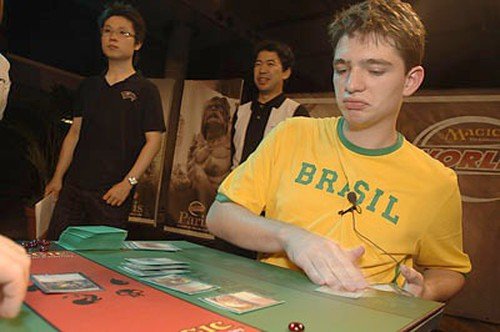
At the Pro Tour Charleston that year, after his two teammates decided to play with another third player, Paulo teamed up with Willy Edel and Celso Zampere, who were looking for a third player for their team as their third player didn't have a US visa, and would probably take longer than the event date to get, where they then played the PTQs to qualify for the main event, where they finished first in Swiss, and made it to the finals, and lost to the Japanese team that included Tomoharu Saito, Shota Yasooka and Tomohiro Kaji.
Ad
Paulo then won the 2006 Nationals, finished 48th at the Pro Tour Kobe, and at that year's Worlds, he would dominate the event for the first three days, making an 11-1 result, reaching the Top 8 three rounds before the end of the Swiss rounds, and getting very close to becoming Player of the Year, if he reached the finals, but ended up losing to Makihito Mihara, where the Japanese player topdecked his third copy of Rite of Flame, which would make it possible for him to cast Dragonstorm, thus winning the matchup.
PV, however, ended the season with 51 Pro Points, enough for him to achieve the highest level in the Pro Players Club.
Over the next few years, PV has established himself as one of the best Magic: The Gathering players, with a great result on the 2007 Pro Tour Geneva, and in 2008, he reached the Top 8 of the Pro Tour Hollywood and repeated the feat at that year's Worlds, both sometimes playing one of his most famous archetypes, Faeries, and on both occasions losing in the quarterfinals.
Back in 2009, he won the National Championship, and got his fifth Pro Tour Top 8 at the Pro Tour Austin, where he again lost in the Quarterfinals. In 2010, Paulo Vitor won the Pro Tour San Juan after beating the French player Guillaume Matignon 3-2, and nearly won the Player of the Year title again when he reached the World's Top 8, but was defeated by Matignon himself in the semifinals.
In 2011, Paulo Vitor played the famous Caw-Blade deck to win his first Grand Prix, the GP Singapore. And, again, he made it to the Worlds' Top 8, being defeated again in the quarterfinals and, in the next event, the Pro Tour Dark Ascension, he was the runner-up, behind the also world-famous Brian Kibler, and his results qualified him for the 2012 Players Championship, an exclusive 16-player event, which replaced the World Championship, where he placed third.
On the Pro Tour Return to Ravnica, Paulo Vitor was nominated for the Hall of Fame, where he received 85.7% of the votes and, at age 25, he became the youngest player to have been inducted into the Hall of Fame.
Over the next few years, the player didn't do much, not making the Top 8 on any Pro Tour and only achieving Silver in the Pro Players Club, even going so far as to consider giving up Magic and devoting his time to other games.
But, in the 2014 and 2015 season, despite not making any Top 8s in the Pro Tour, Paulo managed to make three Grand Prix Top 8s, and finished 13th in the Pro Tour Dragons of Tarkir, with most of his results being made with the Esper Dragons deck, to which the player attributes the success and revitalization of his career as a player.
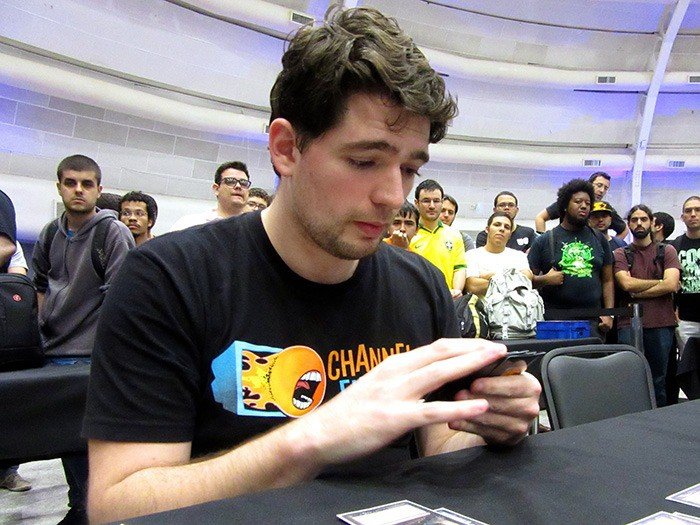
At the Pro Tour Battle for Zendikar the following year, PV reached his tenth Top 8 on a Pro Tour, a feat previously only achieved by the players Jon Finkel and Kai Budde, and then managed to surpass that mark by reaching the Top 8 of the Pro Tour Hour of Devastation, where he also achieved his second Pro Tour Champion title.
Ad
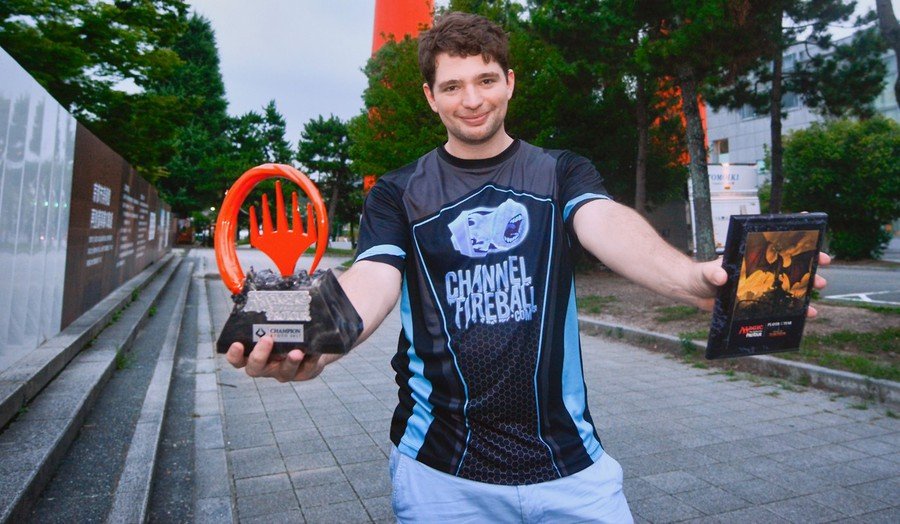
That same year, Paulo Vitor became Player of the Year for the first time in his career, and, in 2018, he entered as one of the participants in the Magic Pro League in 2019.
In 2019, the player placed second in the Mythic Championship VI, and reached the Top 8 of the Mythic Championship VII, classifying him for the World Championship.
In the 2019 World Championship, which took place at the beginning of 2020, Paulo Vitor, playing Azorius Control, became the World Champion after winning the Portuguese Marcio Carvalho, who played Jeskai Fires, becoming the second Brazilian player to become a Magic: The Gathering World Champion
That same year, in the Strixhaven: School of Mages set, for winning the World Championship, the player was immortalized on the Elite Spellbinder card.

Also in 2020, PV received the Brazilian eSports Award in the Best Card Games Player and Player of the Year categories. At 2021, the player finished second in the Pro League, qualifying him to defend his title in the World Championship.
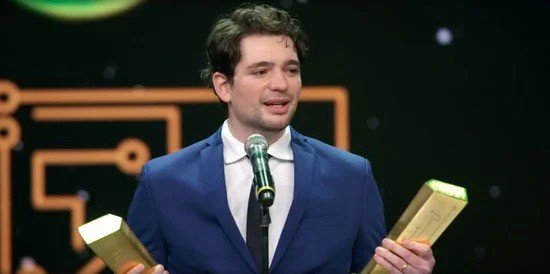
However, Paulo Vitor's result in the event, playing Mono-Green Aggro, was not the best and, later, the player commented on his Twitter that he felt he had wrongly evaluated the event's Metagame.
Finally, on December 16, 2021, Paulo Vitor Damo da Rosa received, for the second consecutive year, the eSports Brazil Award, in the category Best Card Games Athlete.
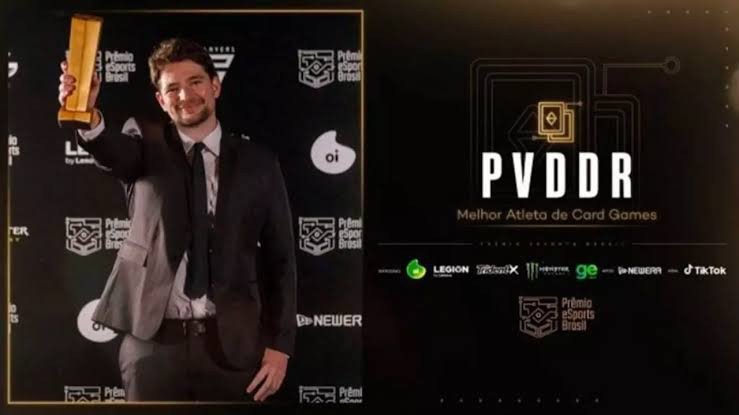
Iconic Decks
When you're a professional Magic player, it's only natural that certain lists that you have done well with it or played it on a recurring basis are assigned to you and become known as an essential part of your good results, and it would be no different with PV.
Among these decks, I believe the Faeries is one of the most famous, and one of the favorite archetypes he has, and even mentioned at some point that Vendilion Clique is his favorite Magic card (which probably had some influence in the creation of Elite Spellbinder).
Faeries is a Tempo deck that used some of the best cards available at the time, like Thoughtseize and Cryptic Command, coupled with a very synergistic permanent base that included cards like Bitterblossom, Spellstutter Sprite and Mistbind Clique, managing to switch beneficially between the beatdown and the control of the matchup.
Another famous deck was Esper Dragons, which he credits with revitalizing his professional Magic career. The archetype works essentially as a Control deck, with efficient answers at Instant-Speed, a powerful card selection package, in addition to using as its main wincondition and card advantage engine a powerful old Standard staple, Dragonlord Ojutai.
Ad
Another iconic list was Ramunap Red, played by him to win the Pro Tour Hour of Devastation, utilizing three powerful additions that came in the new set in the form of Earthshaker Khenra, Abrade and, most importantly, Ramunap Ruins to create an extremely aggressive deck that had great reach in longer matcheup, thanks to the inclusion of new land and powerful threats like Chandra, Torch of Defiance and Hazoret the Fervent.
Finally, we have the deck that took the player the title of world champion, Azorius Control, a deck in the most classic form of the archetype, with sweepers and removals, counterspells, ways to filter the top and draw cards, and a powerful pair of finishers capable of dominating the game if they remain on the battlefield.
Conclusion
This was our article celebrating the nomination of Paulo Vitor Damo da Rosa as the 2021 Best Card Games Athlete by the Brazil eSports Award.
Despite summarizing the main points in this article, during my research to write this it, I came across a three article
series
written by PV himself in 2017, where he tells many details, in an extremely personal view, the beginning of his story with Magic: The Gathering, which not only demonstrates a more human side of the player, but also demonstrates many examples of lessons learned that he has acquired over the years.
I also recommend following him on his Twitter account and on his Youtube channel
Thanks for reading, and I leave here my congratulations to the PV for the award!
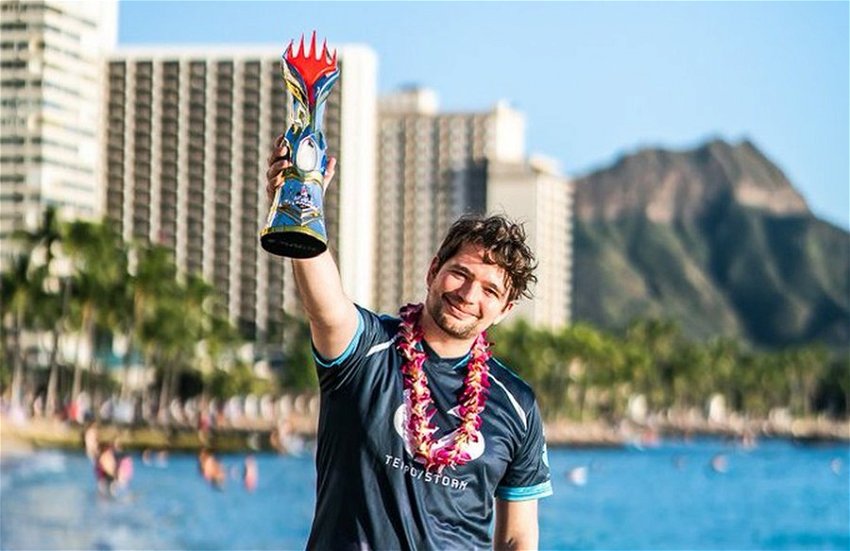


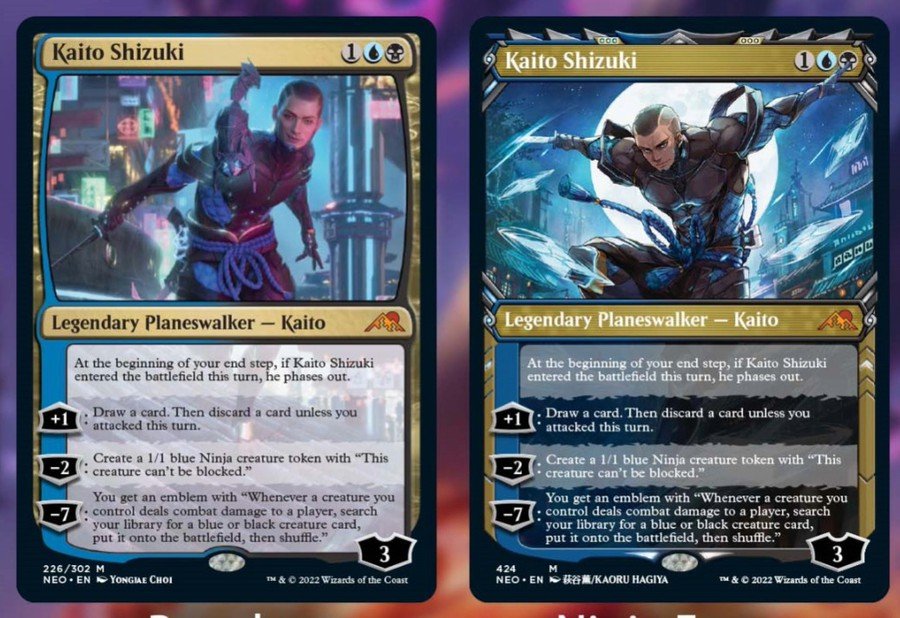
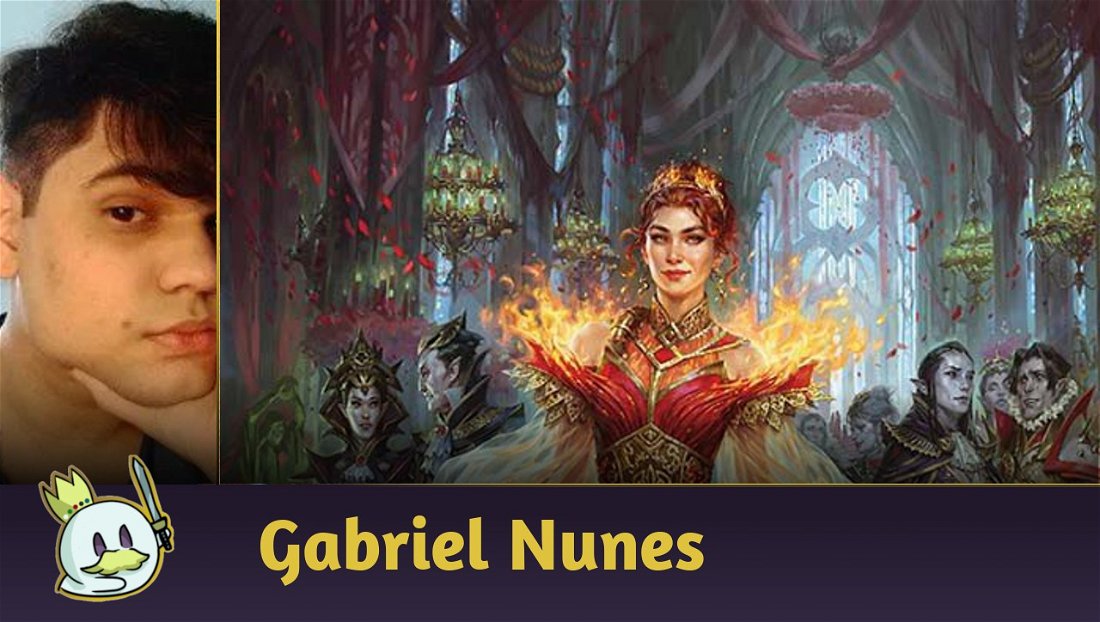


— Comments0
Be the first to comment